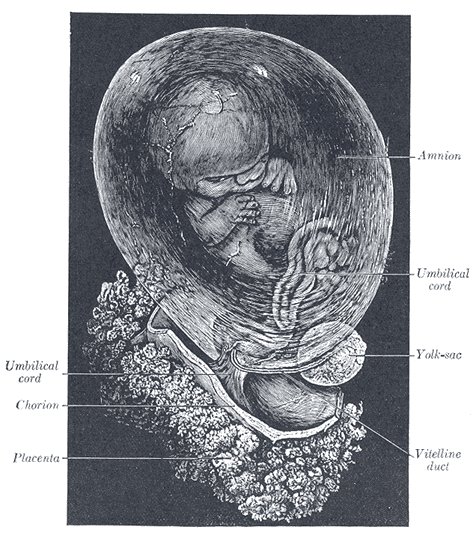1. We need to sit down for a while and take a rest, pause in order to reexamine our position. The old woman in the corner, who saw what Raven was doing, can be identified by a Sign - she is stone from waist down. The beginning is at the head and therefore the half above the midline (which was not stone) should come before the half below the midline. Given a summer half of the year which is defined by the presence of a male Sun ruler the other half of the year should be in the hands of a female Moon. Her season ought to begin at autumn equinox and stretch to spring equinox. Thus we can understand why an old woman (at the end of winter) is stone from waist down - a stretch of 'water' comes before Sun returns in spring. Which means you'd better start swimming or you'll sink like a stone: ... There is a couple residing in one place named Kui and Fakataka. After the couple stay together for a while Fakataka is pregnant. So they go away because they wish to go to another place - they go. The canoe goes and goes, the wind roars, the sea churns, the canoe sinks. Kui expires while Fakataka swims ... Once upon a time this 'sea' (È) could have stretched for half a year from autumn to spring equinox. However, due to the precession of the equinoxes 'sea' will now (26000 / 4 = 6500 years later) begin at winter solstice, resulting in ¾ of the year as 'land' and ¼ as 'sea' (regions in the sky roof). With 16 glyph lines on the G tablet we can expect 4 of them to be reserved for the 'sea'. In the depth of sea darkness rules whereas land is bathing in light. ¾ * 472 = 354 = 12 * 29½, and here 'land' turns to 'sea':
After ¼ * 472 = 118 (= 4 * 29½) glyphs the 'sea journey' comes to an end:
... Fakataka swims and swims, reaching another land. She goes there and stays on the upraised reef in the freshwater pools on the reef, and there delivers her child, a boy child. She gives him the name Taetagaloa. When the baby is born a golden plover flies over and alights upon the reef. (Kua fanau lā te pepe kae lele mai te tuli oi tū mai i te papa). And so the woman thus names various parts of the child beginning with the name 'the plover' (tuli): neck (tuliulu), elbow (tulilima), knee (tulivae) ... The order is given from up and down: tuli, tuliulu, tulilima, and tulivae. A child is born with the head (ulu) coming first. The golden plover could represent the descending spirit which is needed for the newborn child to take his first breath. Until then he has been immersed in a water-filled sack:
|
